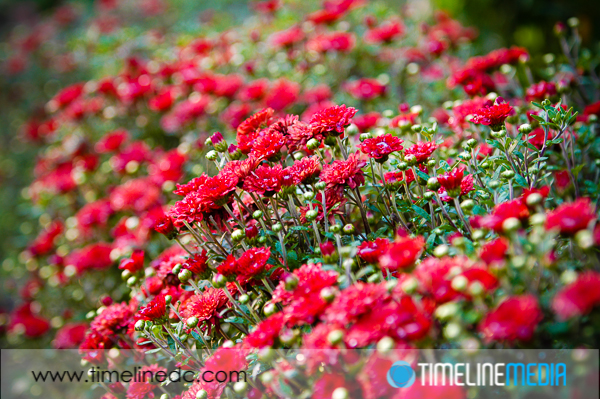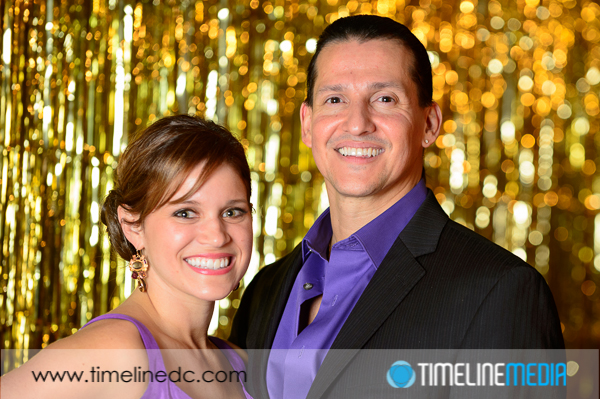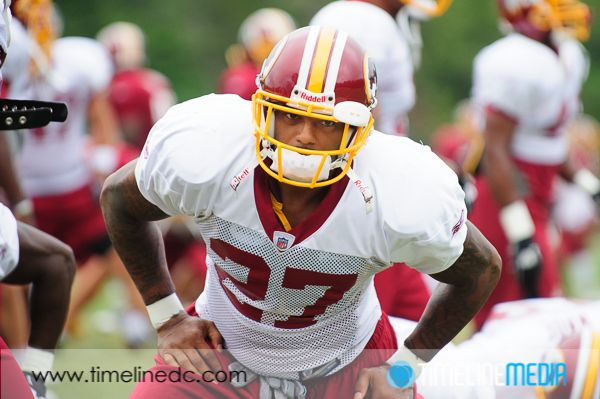
This Nikon 70-200mm lens is the first professional lens I had the opportunity to purchase. The above photo is the first I took with it right out of the box. Just a simple shot of the front bed of mums. Truth be told, my mom helped me out with the payment – but I have made good use of the investment.
Professional Gear
The 70-200mm is the most versatile lens in my bag. I have used it on almost every assignment from ballroom dance, to weddings, sports, and portraits. When I first started using the lens, it seemed like it instantly transported my photography to the next level. This was different from other “new” lenses because of two factors. The first is the focal length – starting at 70 and going to 200 means that you cannot take a shot that is too wide.
Anything you are trying to photograph with this lens has to be a good distance from the camera, and many distractions will be eliminated from the frame. Both of these factors already change how you think about composition, making it simpler than if you had a wider angle lens on your camera. With an isolated subject, now you only need to think about placement of your main subject, and maybe something at the edges that would give some context.
Portraits
All camera manufacturers make a variant of this lens, so this information is not exclusive to Nikon. The other technical specification of this lens that helps your photography is it’s constant f/2.8 maximum aperture across all focal lengths. There are kit lenses that are sold with cameras that have longer focal lengths, but their max apertures vary getting smaller as the lenses is zoomed out to it longest focal length. Having f/2.8 allows me to photo at lower ISO settings in low light situations like conference rooms, and dance studios.
For shooting any field sports, the 70-200mm lens would be a minimum for catching action on the field. It was often too short to catch game action for me without extreme cropping. On the practice field or warm ups before the game, however, it was still able to work its magic.
TimeLine Media – www.timelinedc.com
703-864-8208



